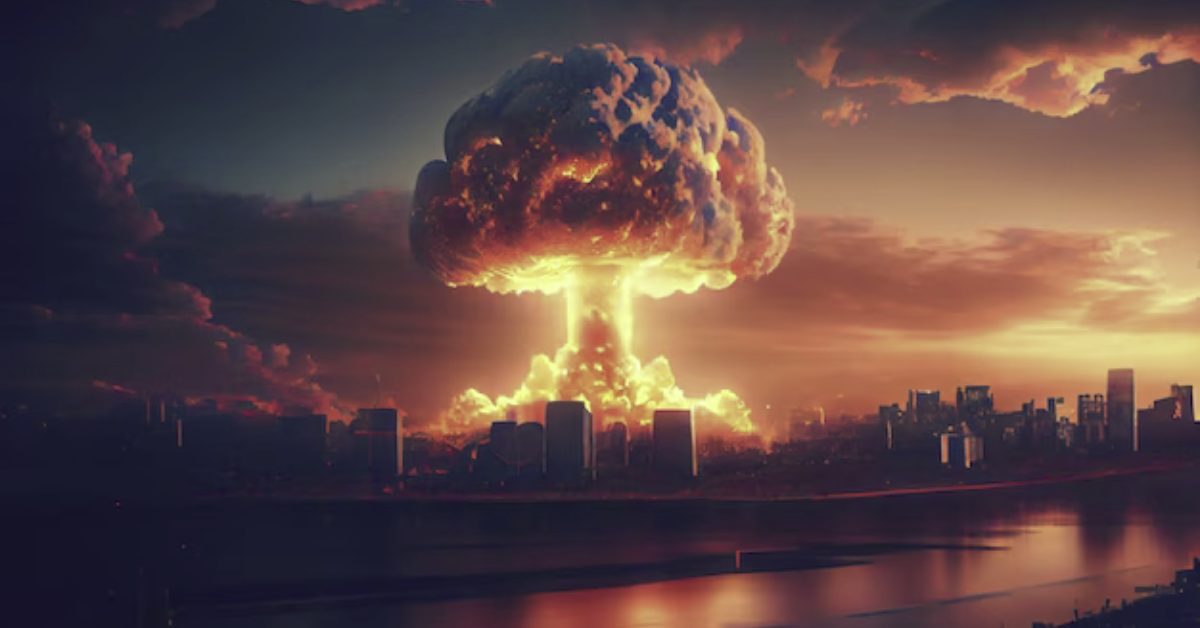Every matter is made up of a tiny indivisible system called atoms. Atom can be supposed as the miniature solar system. The role of the sun is played by the positively charged central core called the nucleus, and negatively charged electrons play the planet’s role. The interaction accompanied by the electrons is called a chemical reaction and that accompanied by the nucleus is called a nuclear reaction. The atomic reaction’s energy yield is more substantial than the chemical reaction.
Moreover, there are two types of nuclear reaction: nuclear fusion, which makes a hydrogen bomb that occurs inside the sun to make it an endless source of heat and light, and the second is nuclear fission, like atom bombs such as Little boy and Fat Man.
In atomic fusion, the lighter nuclei, such as hydrogen, helium, etc., fuse to become heavier, like helium, carbon, nitrogen, etc. And in nuclear fission, heavier nuclei like Uranium, Plutonium, Thorium, etc., break down into lighter ones like lead, barium, krypton, etc.
The energy released from the fission of uranium is around 108 KJ per gram; however, the energy released from biogas (methane) burning is 50.1 KJ per gram. This shows that nuclear energy is a substantial storehouse and incomparable with other energy sources. In addition, the yield of a hydrogen bomb, which North Korea is likely to have, can be hundreds to thousands of times more potent than the atomic bomb. But to trigger the hydrogen bomb very high temperature is needed, which is only possible with the energy released from nuclear fission. Therefore, atomic fusion sole is challenging to carry out.
In World War II, an atomic bomb named Little Boy was supposed to kill 90,000 to 166,000 people in Hiroshima on August 6, 1945. It was a 13-kiloton uranium-type bomb. And three days later, a plutonium-type 21-kiloton bomb called Fat Man was supposed to kill 40,000 to 75,000 people and leave 60,000 badly injured in Nagasaki shortly after the blast.
However, the apocalypse lasted long aftermath.
A few grams of uranium or some radioactive material can destroy millions of lives and property. It is in the hand of humans whether to use this energy constructively, like to generate electricity, to run vehicles, for radiotherapy or in a destructive way, i.e., a nuclear weapon. It is harmful in either way as it releases harmful radiation, isotopes, and ions which may cause many disabilities such as genetic disorders, physical disabilities, skin disease, eye cataracts and even cancer. Therefore a high level of security measures to manage nuclear waste is the most even to use atomic energy for a beneficial purpose.

The writer holds an M.Sc. degree in Physics and is currently teaching Physics in Colleges, Nepal.

